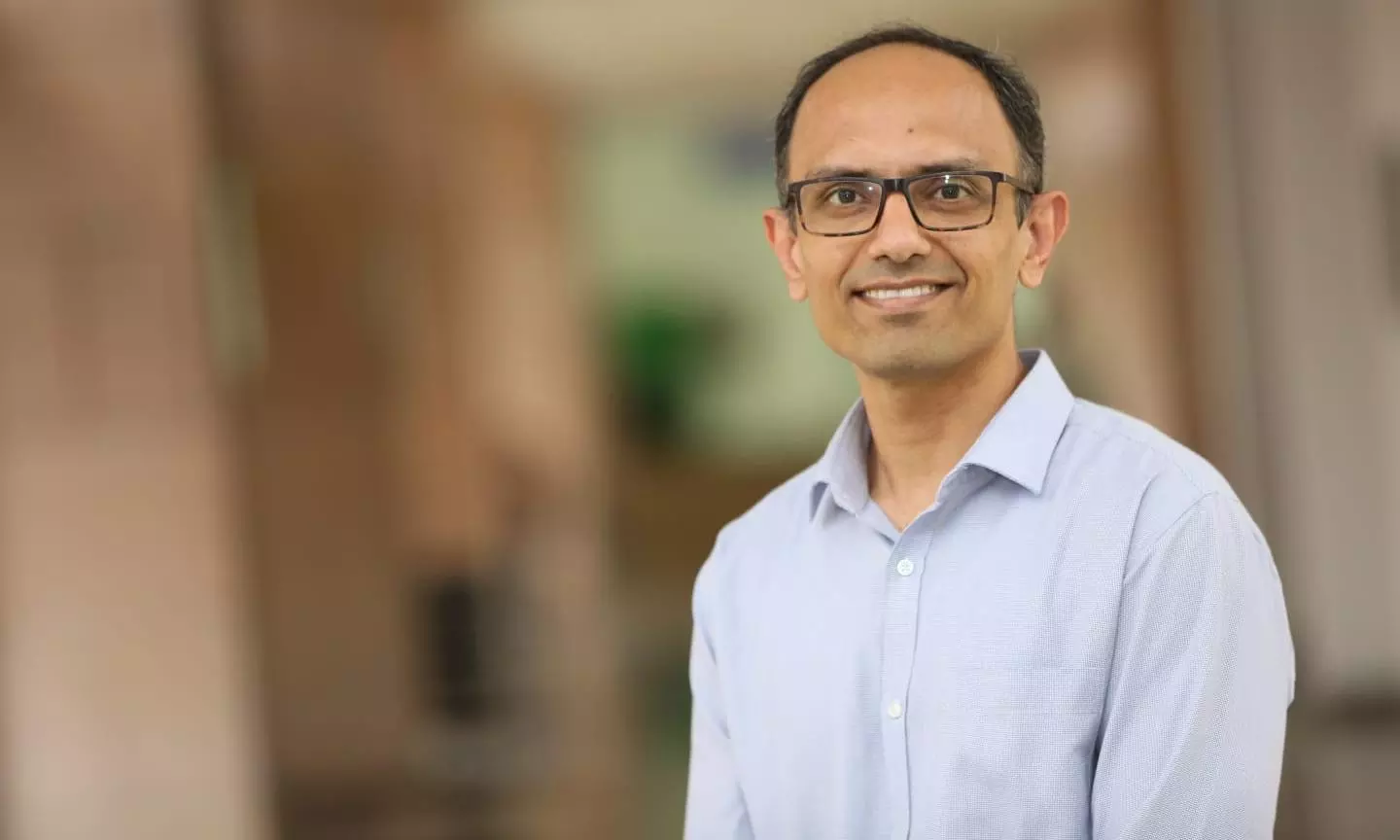Doctors To Shape India’s Hospital-Ready AI Tools In New ISB–AIG Initiative
The programme brings together 30 doctors and AI experts to co-develop solutions for some of India’s most critical health concerns. Among the first tools created are early detection models for sepsis, fatty liver disease, and a system to support surgical decision-making.

Hyderabad: While artificial intelligence (AI) has made waves in healthcare innovation globally, most AI tools in India rarely make it past the pilot stage. Either they don’t work in real-world clinical settings, or doctors simply don’t trust them. An initiative led by the Indian School of Business (ISB) and AIG Hospitals is aiming to change that by placing doctors — not technologists — at the centre of AI development.
The programme brings together 30 doctors and AI experts to co-develop solutions for some of India’s most critical health concerns. Among the first tools created are early detection models for sepsis, fatty liver disease, and a system to support surgical decision-making. These aren’t generic technologies adapted from elsewhere; they’ve been built from scratch with Indian patients, infrastructure, and workflows in mind.
“Most AI models are designed in isolation from real clinical practice,” said Prof. Sarang Deo, executive director of ISB’s Max Institute of Healthcare Management. “The result is that many of them don’t work where they’re most needed, in Indian hospitals. We’re flipping the approach by letting clinicians define the problems, and by building solutions that can actually be used in daily care.”
Digital tools like these can make a huge difference in overstretched healthcare systems. Sepsis, for instance, requires rapid detection and treatment. Even a few hours’ delay can be fatal. An AI tool that can raise a red flag early, based on test reports or patient vitals, and can save lives. Similarly, fatty liver disease, often silent until it causes major damage, can be detected early using patterns in routine bloodwork.
But building the tool is only part of the battle. Getting doctors to use it is another. “AI adoption is low not because doctors resist technology, but because the tools often don’t align with their workflows or make their lives easier,” Prof. Deo said. “They’re also rightly cautious about patient safety. So, trust, relevance, and usability are everything.”
To address this, the programme’s focus is not only on tech development but also on behavioural design, user feedback, and rigorous clinical validation. The solutions are being trialled within AIG Hospitals and will soon be extended to partner hospitals. Preliminary results show over 90 per cent improvement in diagnostic clarity and inter-disciplinary collaboration between engineers and clinicians.
At AIG, the algorithm to detect fatty liver disease is showing promise. “In rural settings, scans cost ₹5,000 to ₹6,000 per patient. Our AI model works off routine blood tests and costs only ₹200-₹300,” said Dr Rakesh Kalapala, senior consultant gastroenterologist and director of AIG’s AI and Innovation Centre. “That kind of saving — ₹1.2 crore over time — is massive. It improves access, speeds up diagnosis, and frees up doctors’ time.”
A second tool, aimed at predicting sepsis, is designed with smaller hospitals in mind. “In tier-2 or tier-3 cities, hospitals often have just 10 ICU beds. This model helps us flag patients who actually need intensive care, early enough to intervene,” Dr Kalapala said.
The models are being piloted at AIG, with preliminary results showing over 90 per cent improvement in diagnostic clarity and communication between doctors and data teams. But both Deo and Dr Kalapala stressed that accuracy alone doesn’t guarantee adoption.
“Doctors won’t use AI because it’s smart — they’ll use it if it’s usable,” Prof. Deo said. “It needs to be fast, embedded in existing systems, and make a doctor’s job easier, not harder.” The team plans to extend the tools to partner hospitals and scale up training for clinicians.

